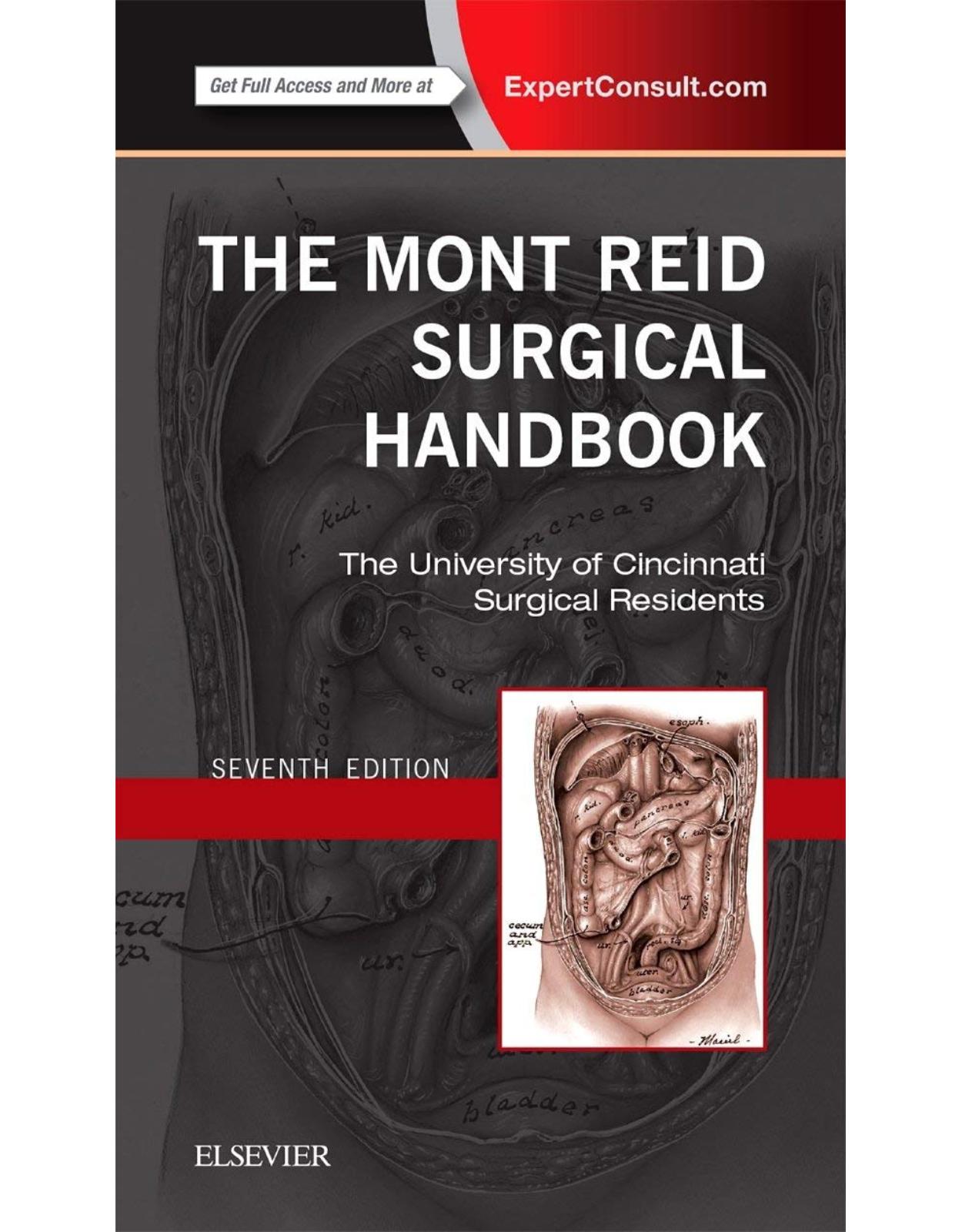
The Mont Reid Surgical Handbook: Mobile Medicine Series, 7e
Livrare gratis la comenzi peste 500 RON. Pentru celelalte comenzi livrarea este 20 RON.
Disponibilitate: La comanda in aproximativ 4 saptamani
Editura: Elsevier
Limba: Engleza
Nr. pagini: 1088
Coperta: Paperback
Dimensiuni: 10.92 x 2.79 x 18.8 cm
An aparitie: 12 Dec. 2017
Description:
Essential reading for residents and medical students, this popular handbook is a must-have resource for convenient, quick access to information on managing common surgical problems. Written by current surgery residents at the University of Cincinnati, the completely updated 7th Edition focuses on the surgical treatments, guidelines, procedures, and topics you need to know.
New chapters cover Surgical Risk Assessment, Head and Neck Malignancy, Mediastinal Tumors, Dialysis Access, and Robotics.
Rapid References section offers handy formulas and charts in one easy-access location.
Thoroughly revised content throughout ensures that you stay up to date.
Table of Contents:
Part I. Perioperative Care
Introduction
1. Surgical History and Physical Examination
I. Introduction and Initial Contact
II. History
III. Physical Examination
2. Fluids and Electrolytes
I. Basic Physiology
II. Electrolyte Disturbances
III. Parenteral Replacement Fluid Therapy
IV. Acid-Base Disorders
3. Nutrition
I. Nutrition Basics
II. Determination of Caloric Needs
III. Nutritional Assessment
IV. Preoperative Nutritional Supplementation
V. Postoperative Nutritional Supplementation
VI. Enteral Nutrition
VII. Short-Term Supplementation
VIII. Long-Term Supplementation (>6 Weeks)
IX. Products
X. Complications of Enteral Feeding
XI. Parenteral Nutrition
XII. Basic Composition of Formulations
XIII. Central Formulas
XIV. Peripheral Parenteral Nutrition
XV. Infusion
XVI. Monitoring
XVII. Complications
XVIII. Immunonutrition
XIX. Nutrients/Macrominerals/Micronutrients/Vitamins
4. Wound Healing
I. Phases of Wound Healing
II. Factors That Affect Wound Healing
III. Wound Preparation
IV. Types of Wound Closure
V. Management of Wound Complications
VI. Hypertrophic Scars and Keloids
5. Surgical Risk Assessment
I. Risks and Benefits of Surgery
II. Surgical Risk Assessment
III. Preoperative Preparation
IV. Postoperative Care
6. Suture Types, Needle Types, and Instruments
I. Suture Material
II. Needles
III. Instruments
Part II. Anesthesia
Introduction
7. Local Anesthesia
I. Injectable Agents
II. Techniques
III. Topical Agents
8. Conscious Sedation
I. Introduction
II. Preprocedural Evaluation
III. Monitoring
IV. Availability of Emergency Medical Equipment and Personnel
V. Training in Airway Management
VI. Medications
VII. Reversal Medications
VIII. Recovery and Discharge
9. General Anesthesia
I. Preoperative Assessment and Preparation
II. Intraoperative Management
III. Pharmaceuticals
IV. Postoperative Management
Part III. Surgical Critical Care
Introduction
10. Surgical Infection
I. Background and Scope of Problem
II. Most Common Infections Affecting Surgical Patients
III. Sepsis
11. Hemorrhage and Coagulation
I. General Topics
II. Laboratory Tests and Reference Values
III. Specific Blood Products
IV. Massive Transfusion And Damage Control Resuscitation
V. Transfusion Reactions
VI. Surgical Coagulopathy—General Considerations
VII. Congenital Bleeding Disorders
VIII. Acquired Bleeding Disorders
IX. Medications
12. Shock
I. Pathophysiology
II. hemodynamic Considerations
III. Organ Response to Shock
IV. Multiorgan Dysfunction Syndrome
V. Shock States
VI. Vasoactive Agents
13. Cardiopulmonary Monitoring
I. Cardiac Monitoring
II. Pulmonary Monitoring
III. Important Formulas
14. Mechanical Ventilation
I. Determining Need for Mechanical Ventilation
II. Ventilation Versus Oxygenation
III. Noninvasive Positive Pressure Ventilation
IV. Conventional Mechanical Ventilation
V. Effects on Cardiac Performance
VI. Need for Tracheostomy
VII. Ventilator Cautions
VIII. Pearls
Part IV. Trauma Surgery
Introduction
15. Primary and Secondary Survey
I. Epidemiology
II. Management of the Trauma Patient
III. Pediatric Trauma
IV. Trauma And Pregnancy
V. Penetrating Neck Trauma
16. Abdominal Trauma
I. Pathophysiology
II. Diagnosis
III. Treatment
IV. Organ-Specific Injury Management
V. Special Circumstances
17. Thoracic Trauma
I. Epidemiology of Thoracic Trauma
II. Physical Examination of the Chest
III. Adjuncts to the Physical Examination
IV. Pathophysiology of Thoracic Trauma
V. Blunt Chest Trauma
VI. Penetrating Chest Trauma
VII. Resuscitative Thoracotomy
VIII. Other Thoracic Procedures in the Face of Trauma
IX. Postoperative Care of the Patient with a Chest Injury
X. Complications of Thoracic Trauma
18. Extremity Trauma
I. Evaluation of the Injured Limb
II. Open Fractures
III. Compartment Syndrome
IV. Pelvic Fractures
V. Vascular Injury in Extremity Trauma
19. Burn Care
I. Causative Factors
II. Indications for Hospital Admission
III. Initial Management
IV. Pathophysiologic Changes Associated with Burn Injuries
V. Burn Wound Care
VI. Supportive Care
VII. Management of Infection in the Burn Patient
VIII. Electrical Injuries
IX. Chemical Injuries
X. Outpatient and Clinic Treatment
XI. Complications of Burn Injuries
20. Neurosurgical Emergencies
I. Evaluation and Management of the Neurotrauma Patient
II. Cranial Trauma
III. Spinal Trauma
IV. Peripheral Nerve Trauma
V. Traumatic Cerebrovascular Injuries
Part V. Gastrointestinal Surgery
Introduction
21. Acute Abdomen
I. Physiology of Abdominal Pain
II. History
III. Physical Examination
IV. Laboratory Examination
V. Radiographic Evaluation
VI. Initial Treatment and Preoperative Preparation
22. Abdominal Wall Hernias
I. Historical Perspective
II. Terminology
III. Natural History
IV. Anatomic Considerations
V. Classification of Hernias
VI. Causative Factors
VII. Diagnosis
VIII. Preoperative Considerations
IX. Inguinal/Femoral Hernia Repair
X. Ventral/Umbilical/Incisional Hernia Repair
XI. Postoperative Complications
23. Gastrointestinal Bleeding
I. History
II. Physical Examination
III. Initial Management
IV. Laboratory Evaluation
V. Investigative and Diagnostic Procedures
VI. Nonsurgical Treatment
VII. Disease-Specific Therapy
24. Intestinal Obstruction
I. Terminology
II. Causative Factors
III. Presentation
IV. Imaging
V. Management
VI. Outcomes
25. Peptic Ulcer Disease
I. Occurrence
II. Presentation and Evaluation
III. Pathogenesis
IV. Helicobacter Pylori
V. Treatment of Uncomplicated Disease
VI. Treatment of Complicated Disease
VII. Details of Surgical Options
26. Inflammatory Bowel Disease
I. Inflammatory Bowel Disease
II. Extraintestinal Manifestations
III. Ulcerative Colitis
IV. Crohn Disease
V. Indeterminate Colitis
27. Benign Esophageal Disease
I. Anatomy
II. Physiology
III. Motility Disorders
IV. Diverticula
V. Gastroesophageal Reflux
VI. Benign Tumors of the Esophagus
VII. Esophageal Rupture and Perforation
VIII. Caustic Injury
28. Benign Colorectal Disease
I. Anatomy
II. Hemorrhoids
III. Anal Fissure
IV. Anorectal Abscess
V. Fistula in Ano
VI. Pilonidal Disease
VII. Anal and Perianal Infections
VIII. Pruritus ANI
IX. Anal Neoplasm
X. Rectal Prolapse
XI. Anoscopy
XII. Rigid Sigmoidoscopy
29. Appendix
I. Overview
II. Epidemiology
III. Pathophysiology
IV. Presentation
V. Differential Diagnosis
VI. Complications
VII. Treatment
VIII. Special Circumstances
IX. Appendiceal Tumors
30. Benign Pancreatic Disease
I. Anatomy
II. Acute Pancreatitis
III. Chronic Pancreatitis
31. Surgical Diseases of the Spleen
I. Anatomy
II. Function
III. General Indications for Splenectomy
IV. Surgical Techniques
V. Postsplenectomy Considerations
32. Bariatric Surgery
I. Epidemiology of Morbid Obesity
II. Comorbidity Associated with Morbid Obesity
III. Medical Therapy For Morbid Obesity
IV. Types of Procedures
V. Preoperative Work-up
VI. Surgical Procedures for the Bariatric Patient
VII. Results of Bariatric Surgery
Part VI. Surgical Oncology
Introduction
33. Tumor Biology, Syndromes, and Genetic Mutations
I. Self-Sufficiency in Growth Signals
II. Insensitivity to Growth-Inhibitory Signals
III. Evasion of Programmed Cell Death
IV. Limitless Replicative Potential
V. Sustained Angiogenesis
VI. Tissue Invasion and Metastasis
VII. Genetic Instability
VIII. Familial Cancer Syndromes
IX. Pharmacotherapy
X. Chemotherapeutic Agents: Mechanisms, Uses, and Important Toxicities
34. Head and Neck Malignancy
I. Epidemiology
II. Work-Up of a Neck Mass
III. Neck Dissection
IV. Treatment of Cancer by Site
V. Neck Dissection Indications for Salivary Gland Malignancy
35. Esophageal Malignancy
I. Esophageal Anatomy
II. Epidemiology
III. Histology and Risk Factors
IV. Diagnosis and Staging
V. TNM Staging System
VI. Treatment Planning
VII. Esophagectomy
VIII. Esophagectomy Approaches
IX. Endoscopic Therapies
X. Chemotherapy and Radiotherapy
XI. Palliative Care
36. Gastric Malignancy
I. Adenocarcinoma of the Stomach
II. Gastric Lymphoma
III. Gastrointestinal Stromal Tumors
37. Small Bowel Malignancy
I. Epidemiology
II. Diagnosis
III. Staging
IV. Management
38. Malignant Colorectal and Perianal Disease
I. Colorectal Cancer: Epidemiology
II. Risk Factors
III. Signs and Symptoms
IV. Screening Guidelines for Colorectal Cancer
V. Polyps
VI. Pathogenesis
VII. Preoperative Evaluation
VIII. Treatment of Colon Cancer
IX. Rectal Cancer
X. Postoperative Follow-Up
XI. Anal Cancer
XII. Tumors of the Anal Canal
XIII. Signs and Symptoms
XIV. Screening
XV. Anatomy and Characterization
XVI. Tumors of the Anal Canal
XVII. Tumors of the Anal Margin
XVIII. Malignant Melanoma of the Anal Margin/Canal
39. Malignant Pancreas Disease
I. Pancreatic Adenocarcinoma
II. Premalignant Cystic Neoplasms of the Pancreas
40. Diseases of the Breast
I. Anatomy And Physiology
II. History
III. Physical Examination
IV. Radiographic Studies
V. Evaluation of Breast Mass
VI. Benign Breast Disease
VII. Breast Cancer
41. Malignant Skin Lesions
I. Basal Cell Carcinoma
II. Squamous Cell Carcinoma
III. Malignant Melanoma
IV. Merkel Cell Carcinoma
Part VII. Hepatobiliary Surgery
Introduction
42. Benign Gallbladder and Biliary Tree
I. Anatomy
II. Cholelithiasis
III. Symptomatic Cholelithiasis
IV. Choledocholithiasis
V. Cholangitis
VI. Acalculous Cholecystitis
VII. Other Disorders of the Gallbladder
VIII. Medical Treatments
IX. Laparoscopic Cholecystectomy
43. Malignant Gallbladder and Biliary Tree
I. Gallbladder Cancer
II. Bile Duct Cancer (Cholangiocarcinoma)
44. Benign Liver Disease, Cirrhosis, and Portal Hypertension
I. Pathophysiology
II. Morphology
III. Etiology
IV. Diagnosis
V. Classification
VI. Consequences of Cirrhosis
VII. Hepatic Syndromes
45. Liver Tumors
Part VIII. Transplant Surgery
Introduction
46. Renal Transplantation
I. General Considerations
II. Evaluation of Candidates for Transplantation
III. Kidney Donation
IV. Specific Operative Considerations
V. Postoperative Considerations
VI. Outcomes
47. Liver Transplantation
I. General Considerations
II. Specific Operative Considerations
III. Postoperative Considerations
48. Pancreas Transplantation
I. General Considerations
II. Specific Operative Considerations
III. Postoperative Considerations
IV. Islet Cell Transplantation
V. Pancreas Versus Islet Cell Transplantation
Part IX. Endocrine Surgery
Introduction
49. Thyroid
I. Embryology
II. Anatomy
III. Physiology
IV. Work-Up of Thyroid Disease
V. Hyperthyroidism
VI. Hypothyroidism
VII. Thyroiditis and Nontoxic Goiters
VIII. Thyroid Nodules
IX. Thyroid Neoplasms
50. Parathyroid
I. Parathyroid Embryology and Anatomy
II. Primary Hyperparathyroidism
III. Secondary Hyperparathyroidism
IV. Tertiary Hyperparathyroidism
V. Parathyroid Carcinoma
51. Adrenal Gland
I. Embryology and Anatomy
II. Zona Glomerulosa—Mineralocorticoids
III. Zona Fasiculata—Glucocorticoids
IV. Zona Reticularis—Androgens
V. Adrenocortical Cancer
VI. Adrenal Medulla
VII. Incidentaloma
VIII. Adrenal Insufficiency
IX. Adrenal Surgery
52. Neuroendocrine Tumors
I. Neuroendocrine Tumors
II. Gastrinoma
III. Insulinoma
IV. Glucagonoma
V. Vasoactive Intestinal Polypeptidoma, Vipoma
VI. Somatostatinoma
VII. Pancreatic Polypeptidomas
Part X. Vascular Surgery
Introduction
53. Thromboembolic Disease
I. Introduction
II. Methods of Prophylaxis and Treatment of Deep Venous Thromboses and Pulmonary Emboli
III. An Approach to Prophylaxis
IV. Approach to the Patient with Pulmonary Embolus
54. Aneurysms
I. Epidemiology
II. Pathology
III. Natural History
IV. Clinical Presentation
V. Diagnostic Studies
VI. Elective Management of Abdominal Aortic Aneurysm
VII. Open Abdominal Aortic Aneurysm Repair
VIII. Complications
IX. Endovascular Abdominal Aortic Aneurysm Repair
X. Operative Mortality
XI. Ruptured Abdominal Aortic Aneurysm
XII. Abdominal Aortic Aneurysm Screening
55. Peripheral Vascular Disease
I. Definitions
II. Peripheral Arterial Disease
III. Management of Atherosclerotic Peripheral Arterial Disease
IV. Renal Artery Disease
V. Lower Extremity Aneurysm Disease
VI. Chronic Venous Insufficiency
56. Carotid Disease
I. Background: Stroke
II. Diagnosis
III. Differential Diagnosis of Stroke/Transient Ischemic Attacks
IV. Management
V. Postoperative Complications
VI. Postoperative Care
57. Mesenteric Ischemia
I. Anatomy and Physiology
II. Epidemiology
III. Acute Mesenteric Ischemia
IV. Chronic Mesenteric Ischemia
V. Mesenteric Venous Thrombosis
VI. Median Arcuate Ligament Syndrome (Celiac Artery Compression Syndrome)
58. Dialysis Access
I. Introduction
II. General Overview of Dialysis Access Types
III. Dialysis Catheters
IV. Arteriovenous Fistulas and Grafts
V. Arteriovenous Fistula Maturation
VI. Complications of Arteriovenous Fistulas and Grafts
VII. Peritoneal Dialysis
59. The Diabetic Patient
I. Definitions
II. Medical Therapies
III. Glycemic Control in the Critically Ill Patient
IV. Complications of Diabetes
V. Diabetic Foot Ulcers
Part XI. Cardiothoracic Surgery
Introduction
60. Benign Tumors of the Lung
I. Overview
II. History
III. Physical Examination
IV. Initial Evaluation
V. Imaging
VI. Biopsy Options
VII. Epithelial Tumors
VIII. Mesenchymal Tumors
IX. Miscellaneous Tumors
X. Other Tumors
XI. Inflammatory Pseudotumors
XII. Other Benign Tumors
61. Malignant Tumors of the Lung
I. Epidemiology
II. Etiology
III. Screening
IV. Solitary Pulmonary Nodule
V. Clinical Features
VI. Pathology
VII. Adenocarcinoma—40%
VIII. Squamous Cell Carcinoma—20%
IX. Large Cell Carcinoma—10%
X. Neuroendocrine Carcinoma—20%–25%
XI. Other—5%–10%
XII. Diagnosis
XIII. Treatment
XIV. The Future
62. Thymus and Mediastinal Tumors
I. Anatomy and Embryology
II. Assessment of Mediastinal Masses
III. Anterior Mediastinal Masses
IV. Visceral Mediastinal Compartment Masses
V. Posterior Mediastinal Masses
63. Cardiac Surgery
I. Preoperative Evaluation
II. Operative Procedures
III. Postoperative Care
IV. Postoperative Complications
V. Pharmacology
64. Cardiac Transplantation
I. History
II. Indications
III. Contraindications
IV. Preoperative Evaluation
V. Listing Criteria
VI. Listing Status According to Whom It May Concern: Organ Procurement and Transplantation Network Policies
VII. Medical and Mechanical Bridges to Transplant
VIII. Donor Selection, Evaluation, and Management
IX. Donor Heart Procurement
X. Operative Technique for Cardiac Transplantation
XI. Postoperative Management
XII. Immunosuppression and Long-Term Management
XIII. Prevention of Opportunistic Infection
XIV. Survival
Part XII. Surgical Subspecialties
Introduction
65. General Pediatric Surgery
I. Fluids And Nutrition
II. Lesions of the Head and Neck
III. Thoracic Disorders
IV. Esophageal Anomalies
V. Gastrointestinal Tract
VI. Abdominal Wall Defects
VII. Anorectal Malformations
VIII. Neoplasms
66. Neurosurgery
I. Cranial Urgencies and Emergencies
II. Spinal Urgencies and Emergencies
III. CNS Tumors
IV. CNS Infectious Urgencies and Emergencies
V. Other Neurosurgical Urgencies/Emergencies
VI. Herniation Syndromes and Brain Death
67. Orthopedic Surgery
I. Assessment of the Orthopedic Patient
II. Orthopedic Emergencies
68. Plastic Surgery: Breast Reconstruction
I. Introduction
II. Relevant Anatomy for Reconstruction
III. Preoperative Evaluation
IV. Techniques
V. Oncoplastic Surgery
VI. Postreconstruction Follow-Up
Part XIII. Future of Surgery
Introduction
69. Robotics and Newer Surgical Technologies
I. Single-Incision Laparoscopic Surgery
II. Robotic Surgery
III. Natural Orifice Transluminal Endoscopic Surgery
IV. Endoluminal and Endovascular Surgery
Part XIV. Procedures
Introduction
70. Procedures
I. Indications for an Artificial Airway
II. Nonsurgical Techniques
III. Surgical Airway Options and Methods
IV. Alternate Airway Methods
V. Arterial Catheterization
VI. Bladder Catheterization
VII. Central Venous Lines
VIII. Enteral Access
IX. Focused Assessment with Sonography in Trauma (Fast Examination)
X. Pulmonary Artery (Swan-Ganz) Catheterization
XI. Abscess Drainage
XII. Thoracentesis
Part XV. Rapid References
Introduction
71. Rapid References
Index
| An aparitie | 12 Dec. 2017 |
| Autor | The University of Cincinnati Residents (Author), Amy Makley MD |
| Dimensiuni | 10.92 x 2.79 x 18.8 cm |
| Editura | Elsevier |
| Format | Paperback |
| ISBN | 9780323529808 |
| Limba | Engleza |
| Nr pag | 1088 |

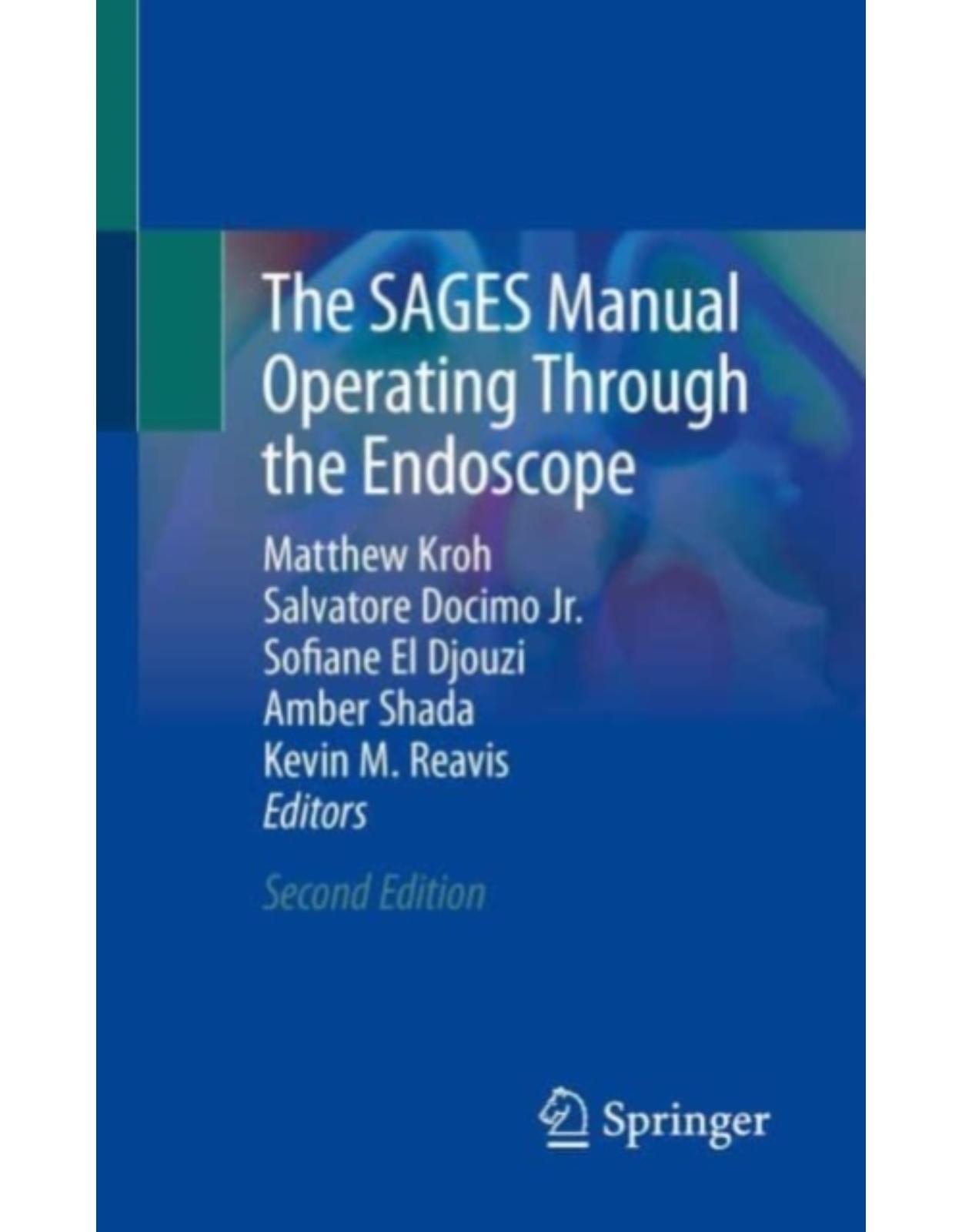
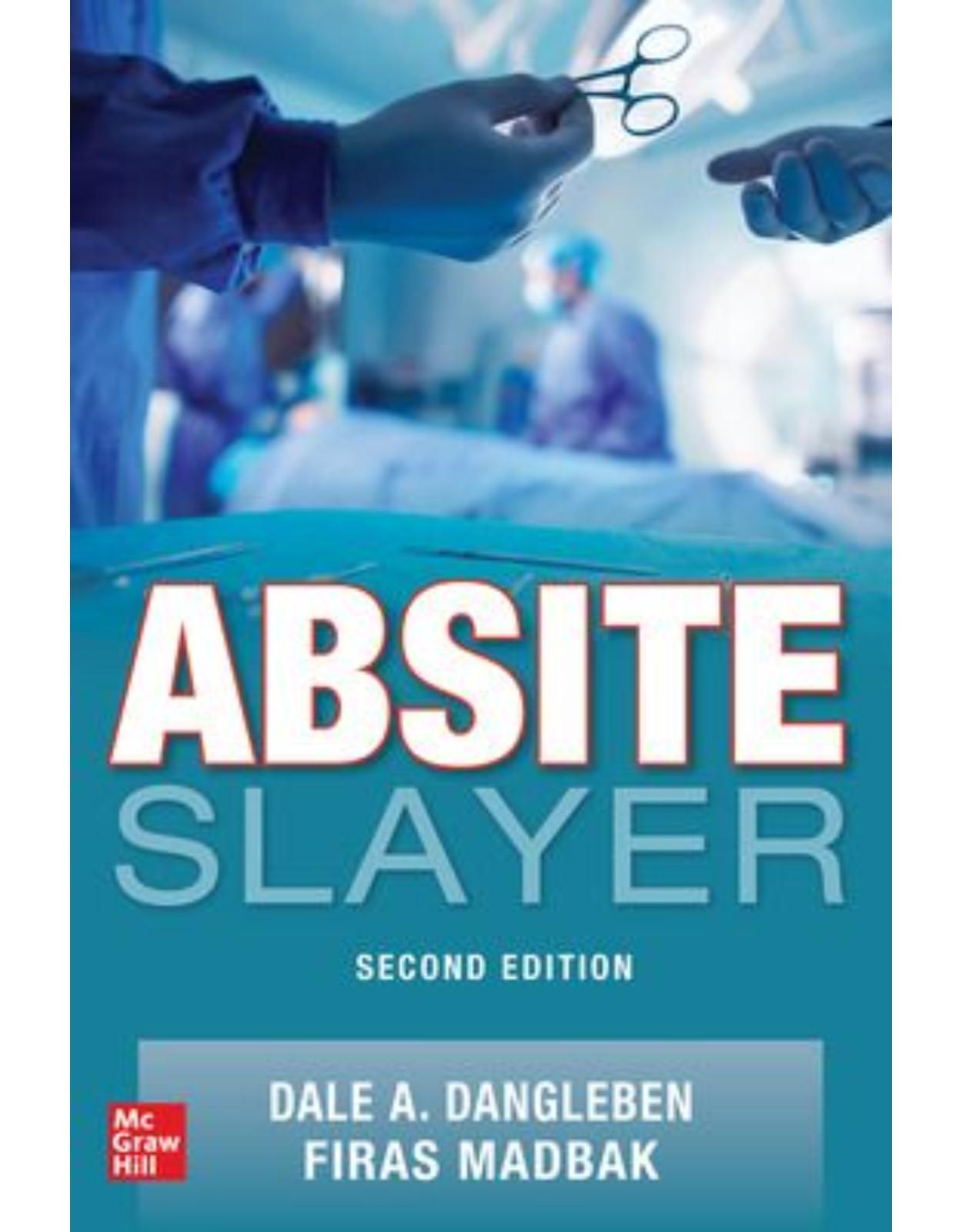
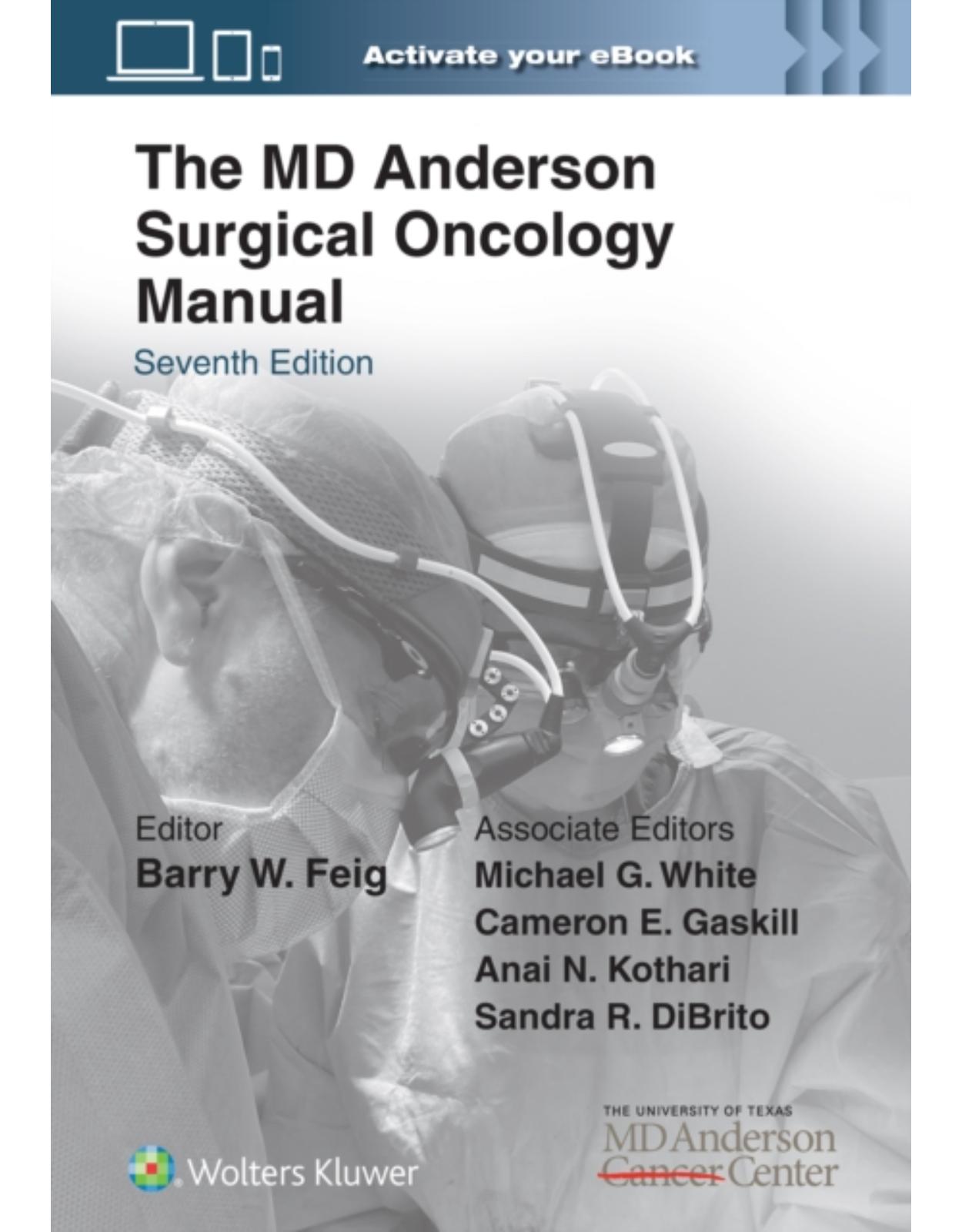
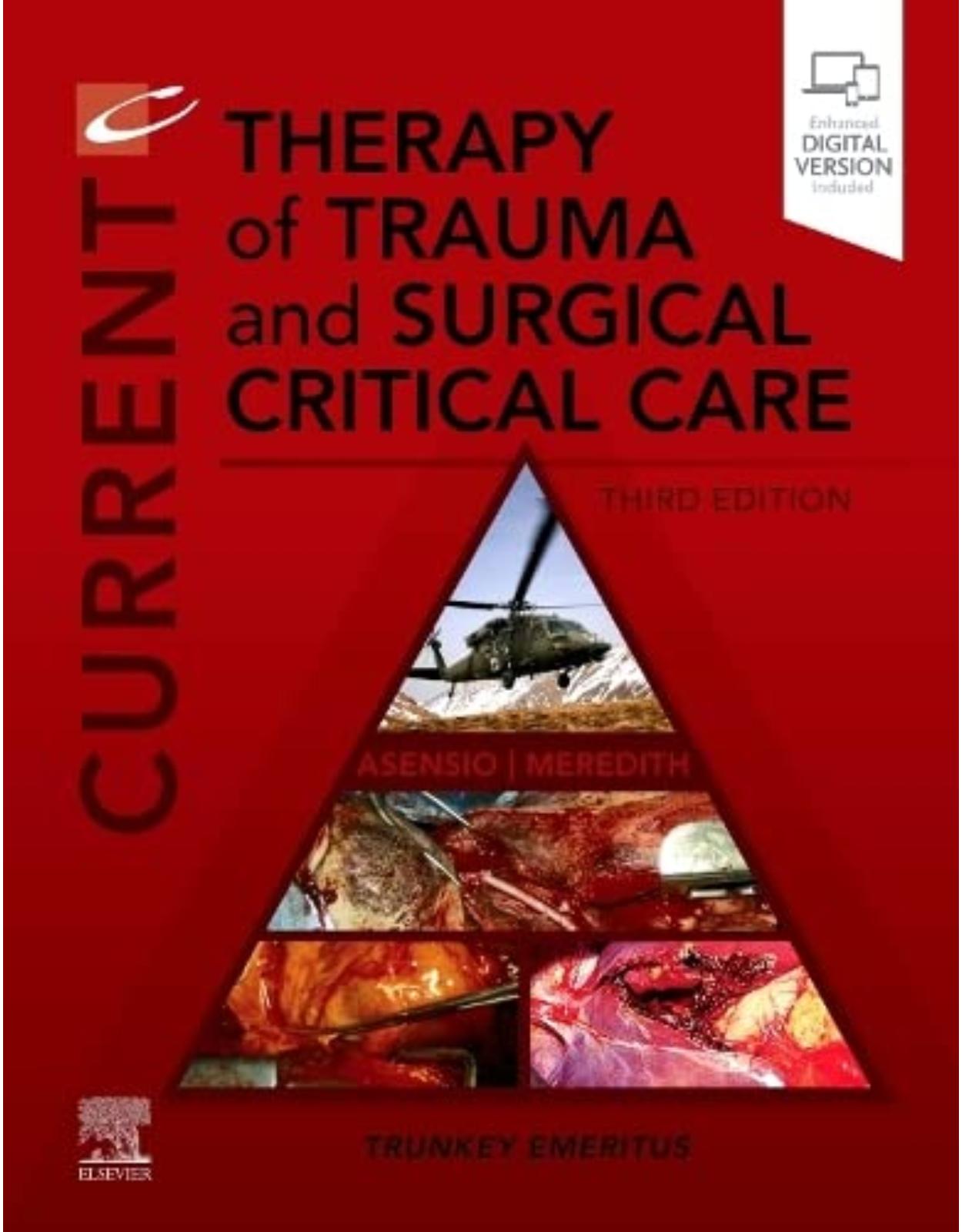
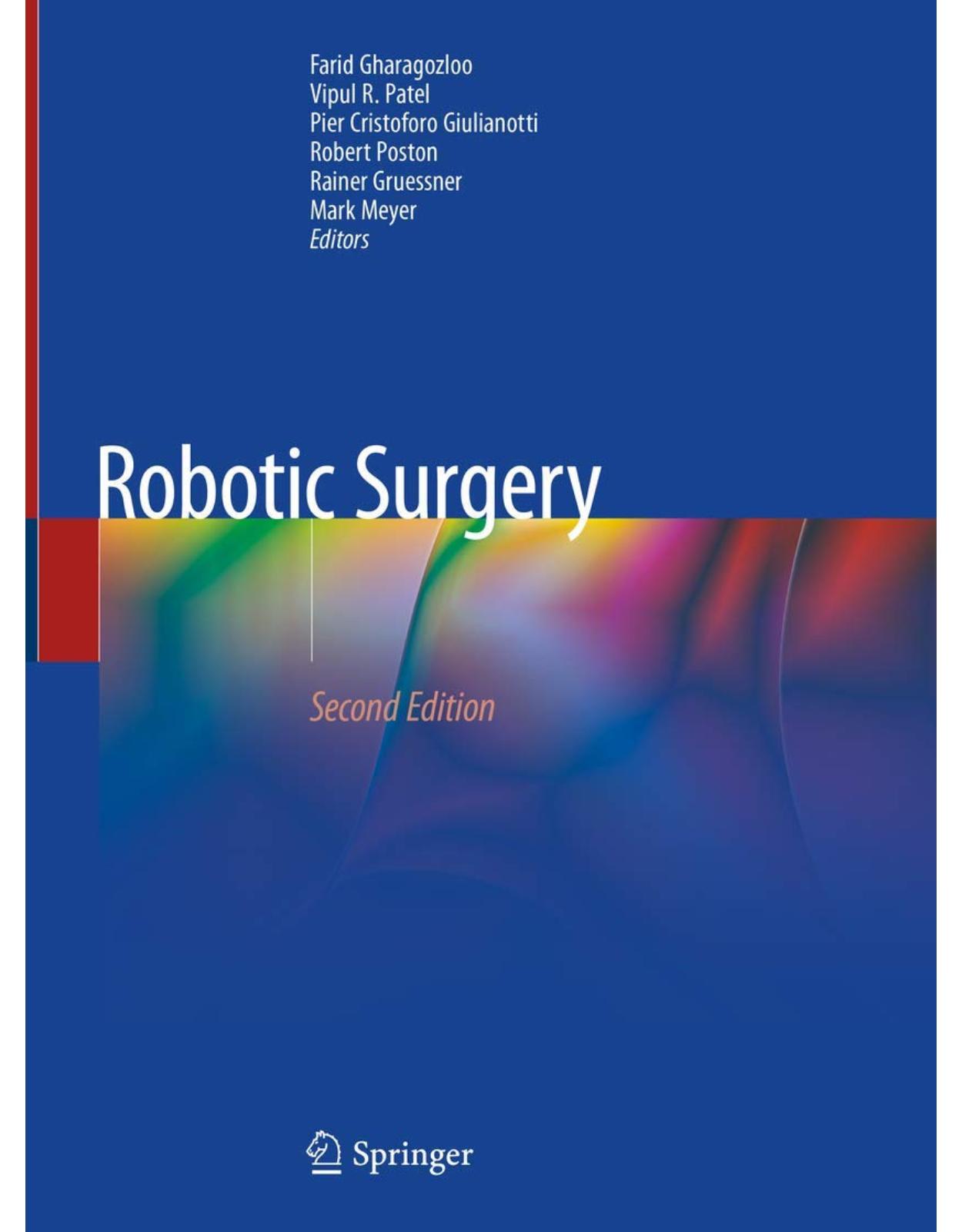
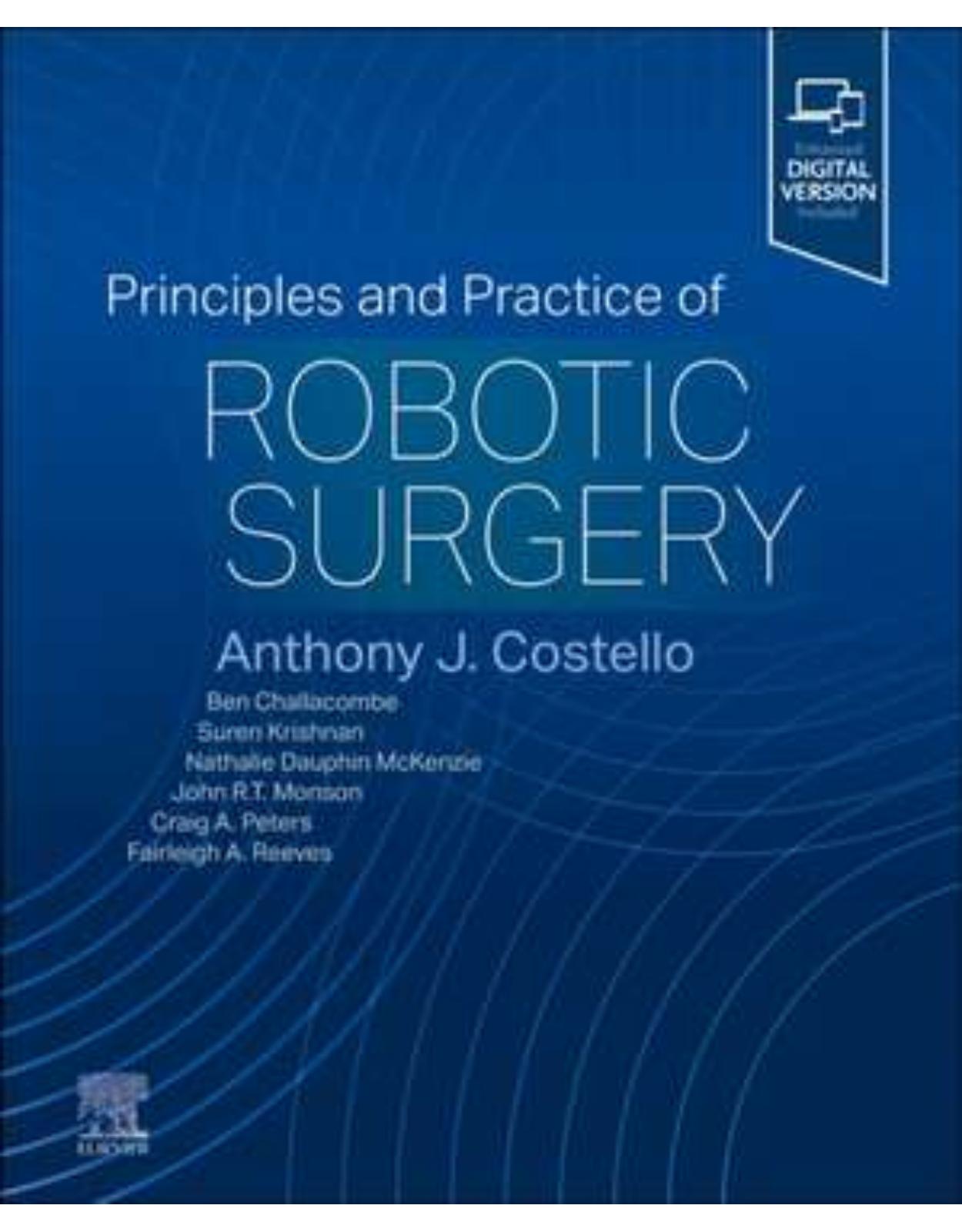
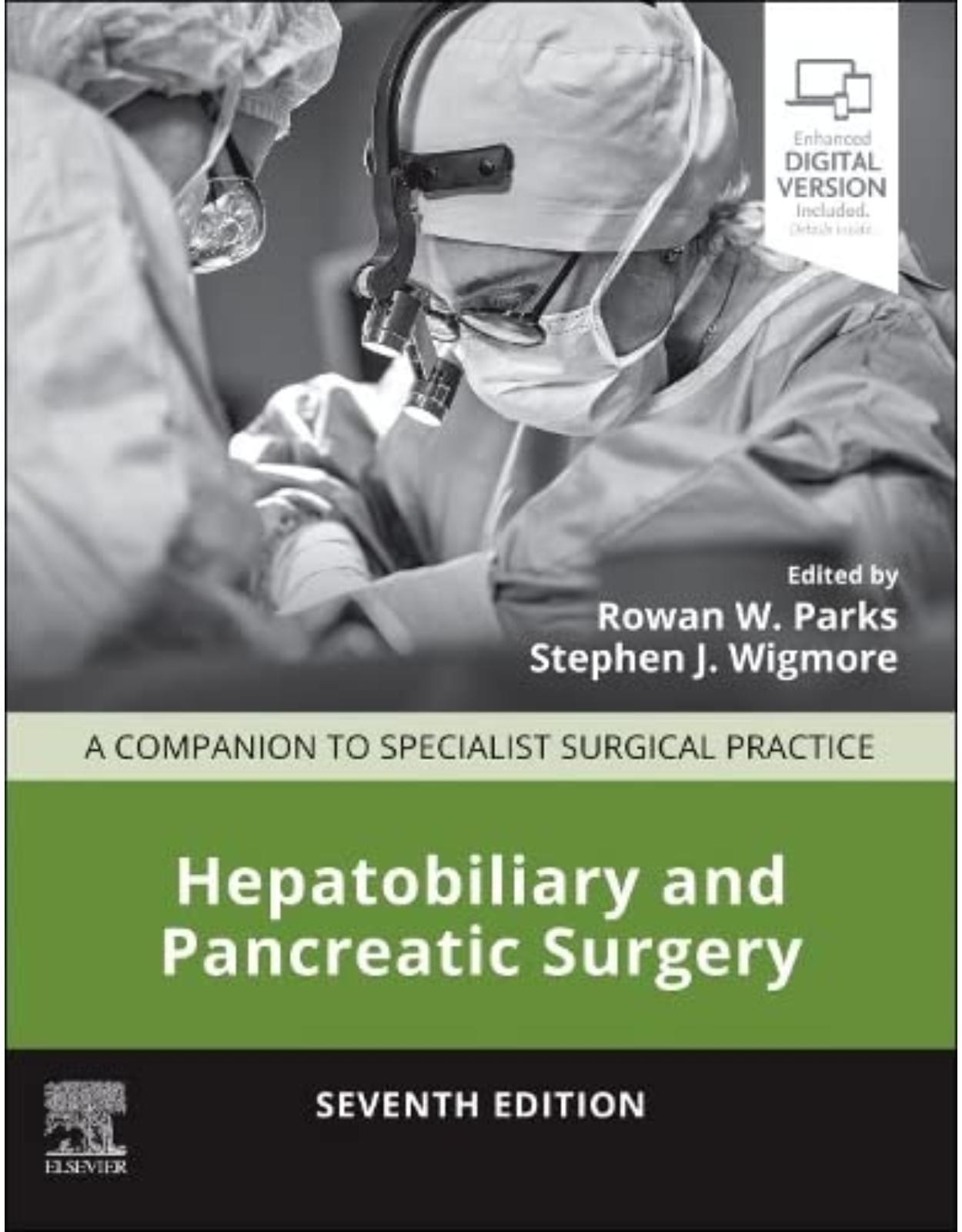
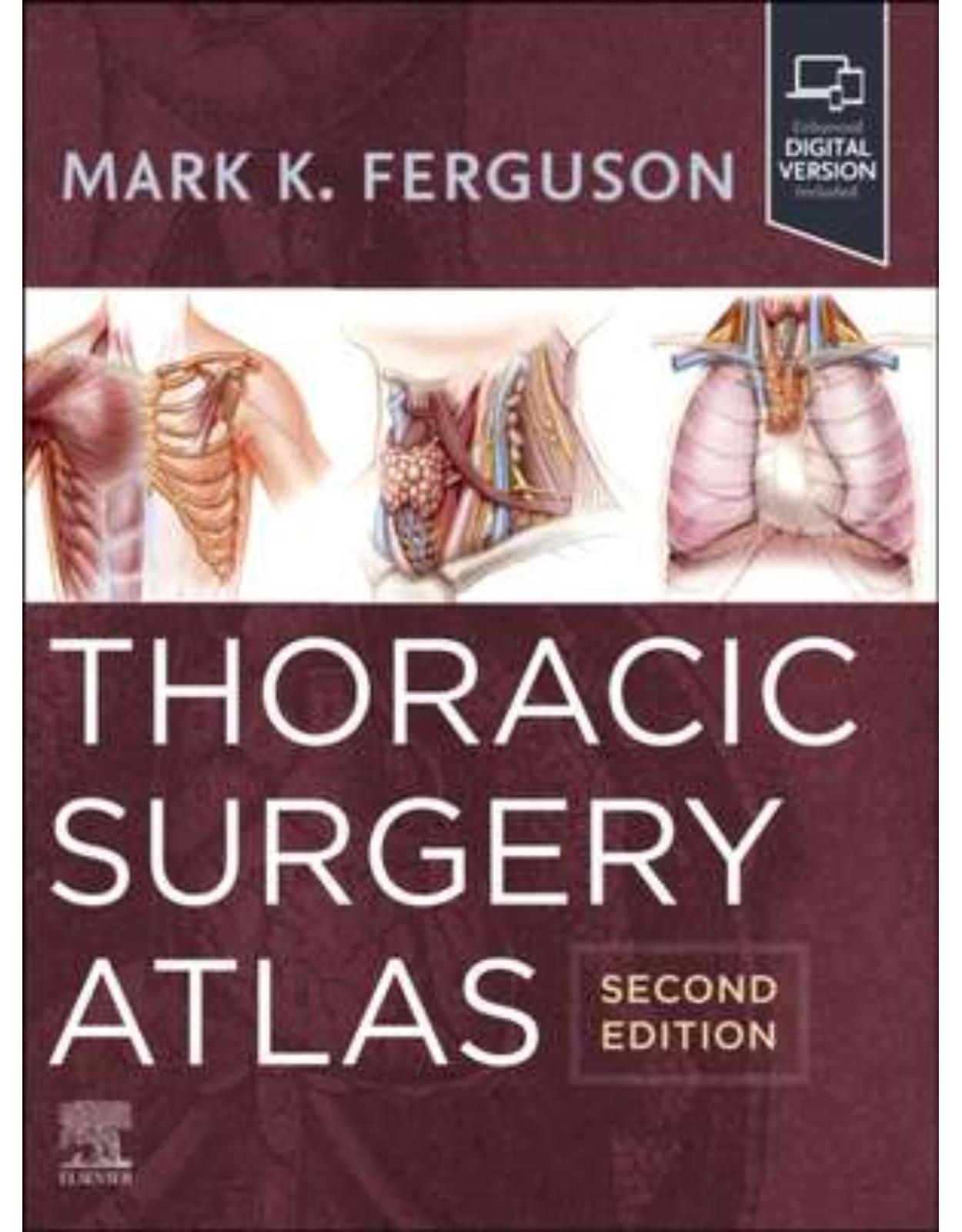
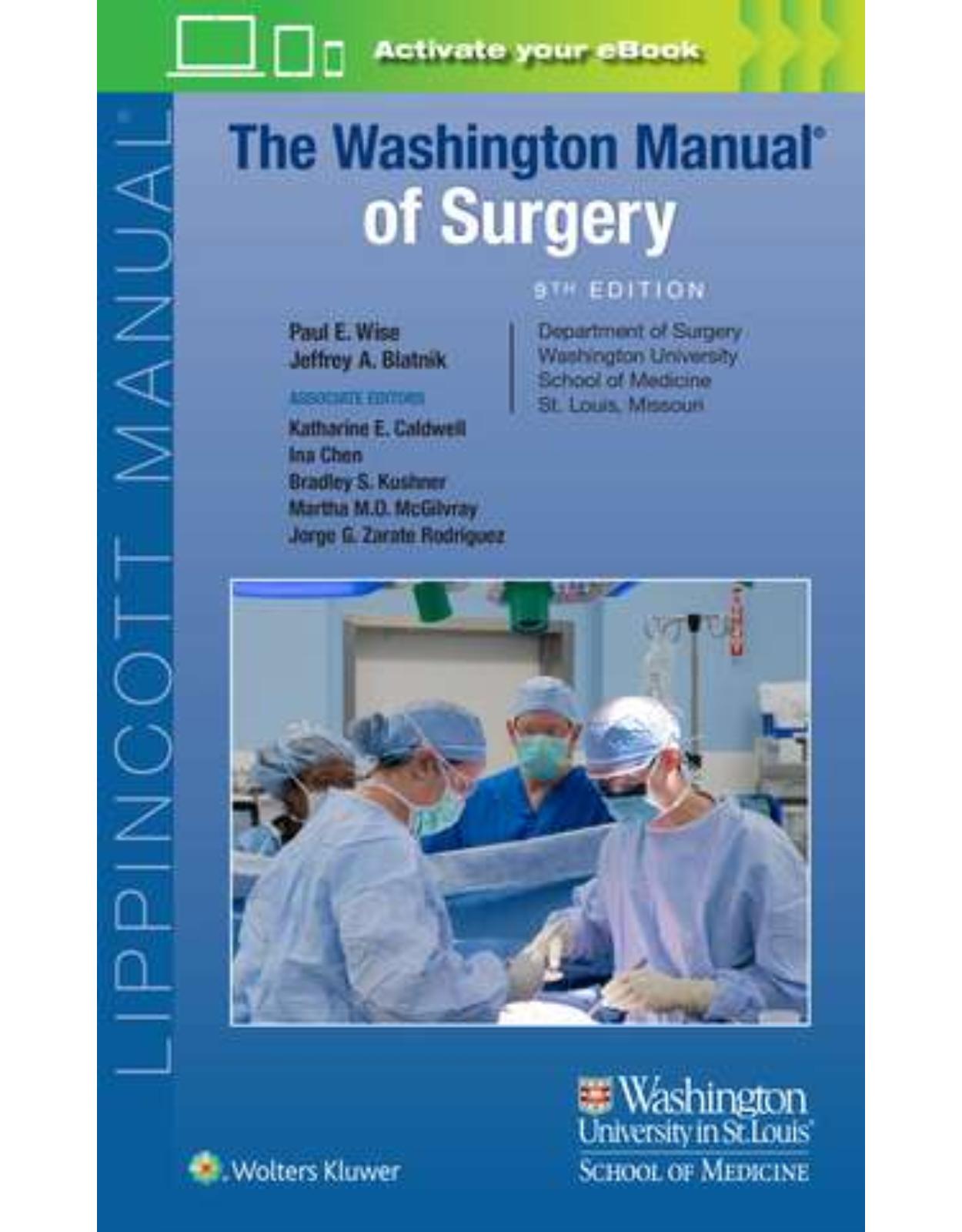
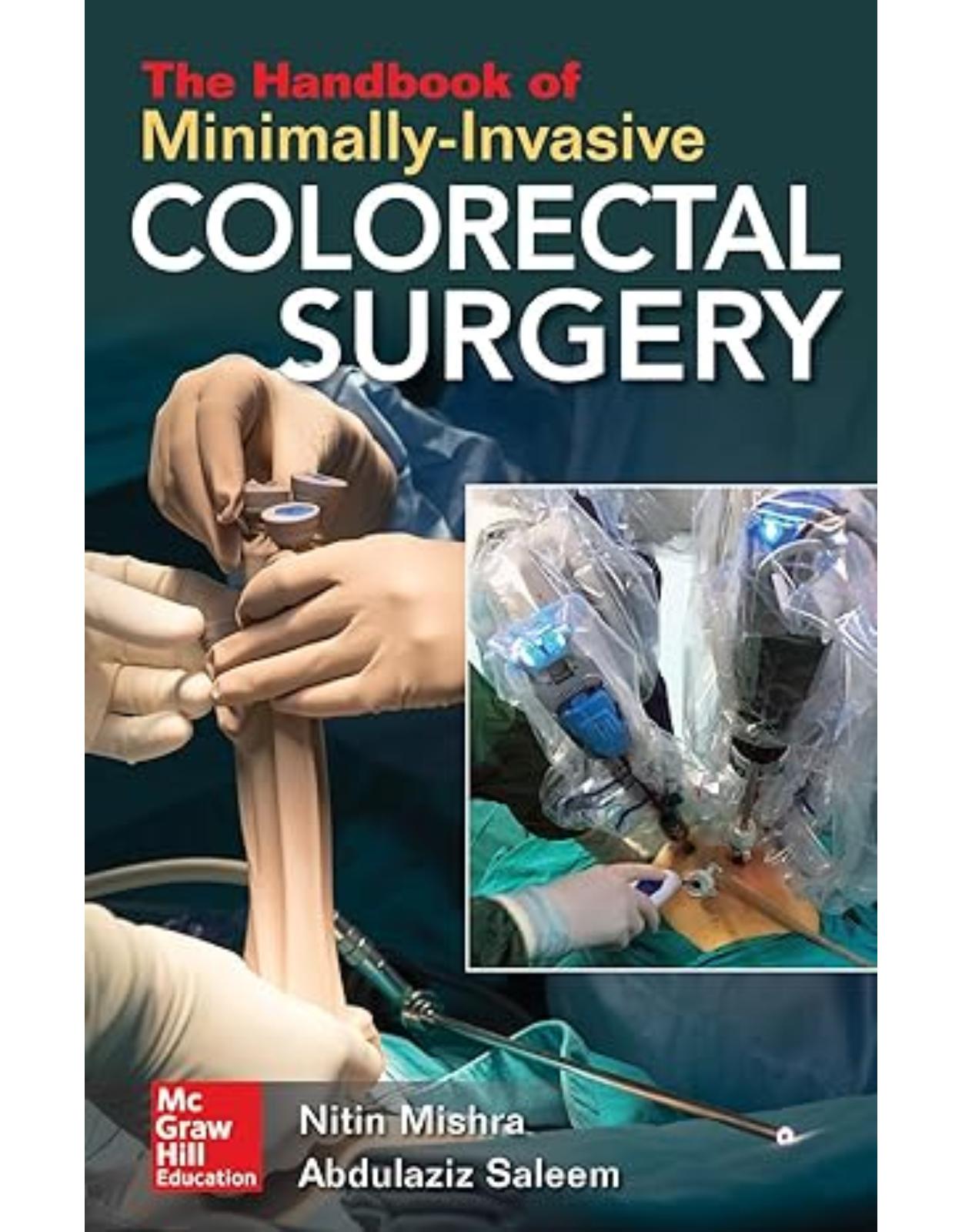
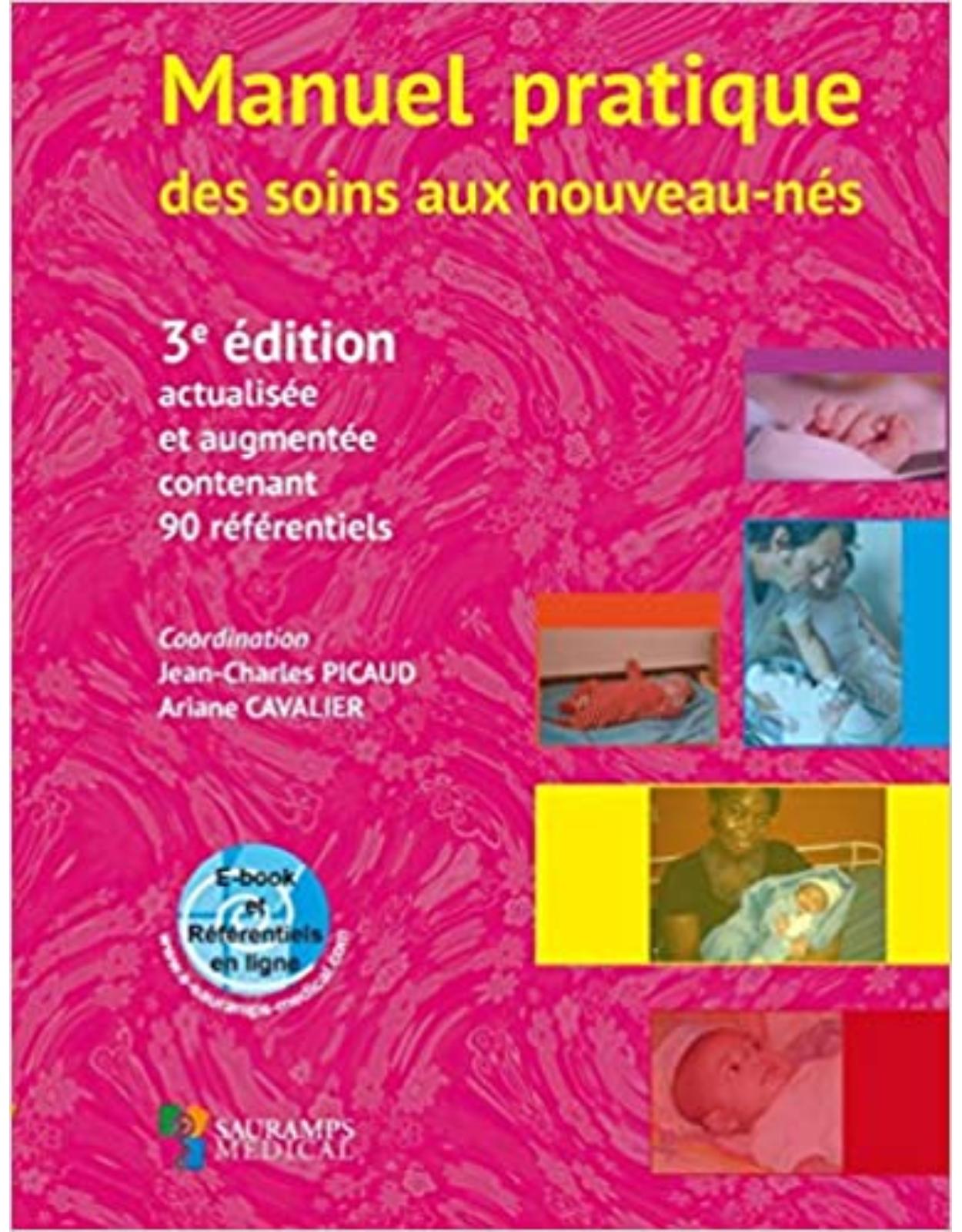
Clientii ebookshop.ro nu au adaugat inca opinii pentru acest produs. Fii primul care adauga o parere, folosind formularul de mai jos.